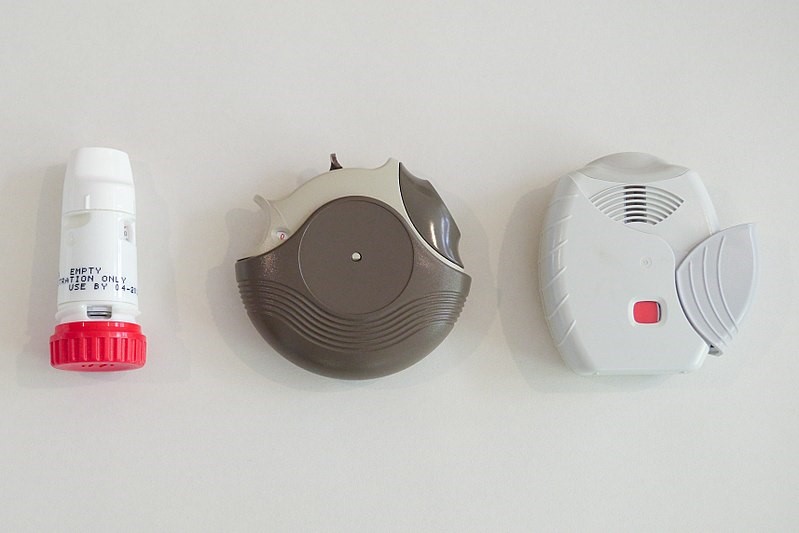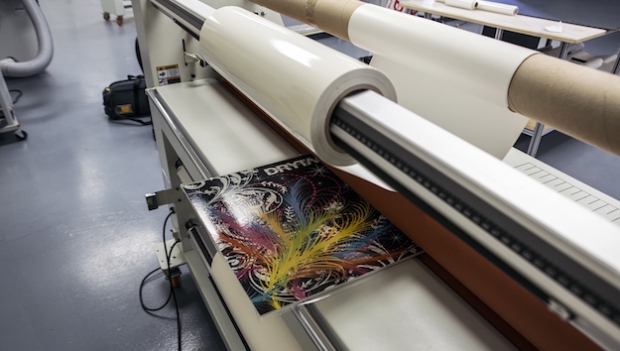
Three types of dry powder inhalers: Turbuhaler, Accuhaler and Ellipta devices
Dry powder inhalers (DPIs) are devices used for inhaled drug delivery and inhaled therapy. They are used to deliver medication directly into the lungs in the form of a dry powder, as the name suggests. These inhalers are commonly prescribed for the treatment of respiratory conditions such as asthma and chronic obstructive pulmonary disease (COPD).
DPIs are gaining popularity and quickly replacing traditional pressurized metered-dose inhalers (pMDIs) and soft mist inhalers (SMIs) that deliver a liquid mist.
Key features of dry powder inhalers that ensure better performance than other alternatives include:
1. Powdered Medication: DPIs contain the medication in the form of micronized particles. This powder is released when the patient inhales through the device.
2. Breath-Actuated: In a DPI, the release of the medication is triggered by the patient's inhalation. This feature helps ensure that the medication is delivered when the patient takes a deep breath, improving the effectiveness of the treatment and preventing drug losses. Unlike MDIs, they do not require the coordination of pressing a canister and inhaling simultaneously, which can be challenging for some patients, especially children and the elderly, and can reduce delivery efficiency.
3. No Propellant: Unlike MDIs, which use propellants to deliver the medication, DPIs do not require propellants. This can be beneficial for individuals who are sensitive to propellant ingredients. pMDIs use hydrofluoroalkane (HFA) propellants which are potent greenhouse gases – 2,000 times more potent than carbon dioxide.1
4. Portable and Convenient: DPIs are typically compact and easy to carry, making them convenient for individuals to use on the go. They do not have any concerns about the canister’s orientation, as observed with some MDIs.
5. Medication Stability: Dry powder formulations can be more stable than liquid formulations, contributing to a longer shelf life for the medication. This stability can be advantageous for patients, ensuring the effectiveness of the medication over time.
Today, DPIs can achieve lung delivery efficiencies and deliver drug loads that are beyond the reach of pMDI technology. MDIs also require priming before the first use or if the inhaler hasn't been used for a certain period. DPIs generally do not require priming, simplifying the preparation process for patients.
It's important to note that proper technique is essential when using DPIs to ensure effective drug delivery. Patients need to inhale forcefully and deeply to ensure that the medication reaches the lungs.
Common medications delivered through DPIs include bronchodilators and corticosteroids, which help open airways and reduce inflammation in the lungs, respectively.
In the next blog, we will detail the functionalities of various DPI designs and their specialized use cases and benefits.







